The Sisters Priesthood
The sisters were young during the reign of the Elder Gods and old when Lothian was a mortal born. They have persisted longer and stronger than most any other god. The march of death is ever present, as the armies of the world clash and litter the fields with the fallen dead or the aged wizen woman passes quietly at home in her bed. Reverence for the sisters is as continual and eternal as these cycles of conflict and death. The priesthood of the Sisters is riddled with disparity and duality.
Heiran represents the natural order of death that is visited across most of the mortal world. While Nareis represents the hastening of death. Nareis feeds on death from a back alley murder to kingdoms waging wars against each other. While both act through the subtle influencing of mortals, their whispers or nudging chart the course of history. Heiran gaining the upper hand leads to years of peace while words from Nareis inflames petty concerns exciting death, blood and ruin in her wake.
Provide life when you can
Fear not death for it is natural and not evil
Ease the family and loved ones who have lost
Assist the family and loved ones with funeral practices
False life is an abomination to the dead
While it is not uncommon for priests to be associated with plague masks this could not be farthur from the truth. The priesthood will never be seen wearing plague masks as this would reflect an unnatural fear of death while their faith and divine gifts would protect them or allow the cleansing of these.
To go one step farther, lets take the sisters and have them represent the conflicting duality of death. An excellent example is Aza Guilla, Goddess of Death, Lady of the Long Silence as seen in the Gentlemen Bastards series. Some easy Dungeons & Dragons non-evil examples are Kelemvor (Forgotten Realms), Wee Jas (Greyhawk), The Blood of Vol (Eberron), Anubis & Nephthys (Egyptian). Pathfinder starts off with a few non-evil gods of death, but opens the flood gates with later supplements.
Heiran represents the natural order of death that is visited across most of the mortal world. While Nareis represents the hastening of death. Nareis feeds on death from a back alley murder to kingdoms waging wars against each other. While both act through the subtle influencing of mortals, their whispers or nudging chart the course of history. Heiran gaining the upper hand leads to years of peace while words from Nareis inflames petty concerns exciting death, blood and ruin in her wake.
Priests of Heiran
The public face of the Sisters and the Priesthood is Heiran with a temple, shrine, and clerics dedicated to the natural state of death. This helps the followers ease the passing of loved ones, assist with burials and protect the dead. The mortal clerics and followers focus on their duties and flock while remaining despairingly disconnected from the cosmic struggle of conflict between the Sisters. Appalled by any that would imbue false life in the dead, these clerics consider it strictly forbidden to craft any such abominations of life . Clerics of Heiran are most commonly known as Shepherds.False life is an abomination to the deadClerics of the Heiran can be male or female and wear simple black robes with a white silk sash at their waist.
Tenets of Death
Iconography
The official symbol of the Sisters are two female silhouettes back to back with a skull missing the lower jawbone overlaid on their dresses. Each portion of the imagery is a duality of conflicting black and white, representing the silent and ageless struggle between the sisters. More common are the simpler holy symbols used by clerics, which are usually disks that feature a black and white motif. These motifs range from a half black and half white disk, to a disk with a black and white skull. Once again, this shows how the priests of Heiran present the colors and symbols of Nareis, yet never speak her name or acknowledge her.While it is not uncommon for priests to be associated with plague masks this could not be farthur from the truth. The priesthood will never be seen wearing plague masks as this would reflect an unnatural fear of death while their faith and divine gifts would protect them or allow the cleansing of these.
Rites of the Shroud
A tradition for the priests of death is to administer the Rite of the Shroud which is a black pall or cloth used for covering a coffin or a body. They will provide this service at their temple to anyone who requests it. They will use a simple black cloth of any fabric available marking the cloth with divine symbols in Celestial. The cloth is the focus for the ritual allowing it to act as a barrier against decay and possible undeath for almost two weeks. This also prevents the spirit from lingering attached to its body encouraging it to continue its journey. At its most basic level a simple black cloth is wrapped around a body before burial while the wealthy often provide a more expensive family shroud such a velvet embroidered with their family crest. They often provide one for the body and one for a coffin or sarcophagus. The Rite of the Shroud acts a Gentle Repose spell or ritual with the black cloth replacing the coins as the focus.The Red Stain
A few select mortals give voice to being priests of Nareis, even though they do it from the shadows without a temple or flock; the Empire and the Priests of Heiran persecute them . Some believe that necromancy is the natural evolution of death and of Nareis. If ever overheard, the Priests of Heiran refer to the false ones as the Red Stain or the Stain never using the name of Nareis.Temple & Shrine
Also known as the Pale Church, Pale Temples or Pale Shrines. It is said that the Pale Temples house the largest collection of rites and rituals regarding funerary and burial customs within the empire.Followers
It is said that the followers of Castain were pawns of Nareis and Lothian’s rise to power and mark one of Heiran’s greatest victories over her sister. Believing this to be a conflict best left in the hands of cosmic powers, clerics of the Sisters will never comment on this. The Church of Lothian fervently rejects this as the darkest heresy and making this belief known will draw their ire.Knight of Death
One unique piece of myth and lore places Lothian as a chosen of the sisters, caught at birth between their age-old conflict. Named a Knight of Death on the path of The Sisters, his choices throughout life fall to one or the other of the Sisters’ sides. Ultimately, when crucified, his soul swayed to Heiran and the natural order of death.
The Untouched
Untouched are those few unique races or individuals that may fall outside of Heiran’s touch, but are still subject to Nareis. A few examples are sentient constructs such as warforged or certain souls touched by immorality. Rumour has it they treat some elves in this manner as along with celestial touched mortals blessed with immortality. Priests of the Sisters react in a variety of behaviors when encountering Untouched.
Priests of Death - D&D 5e
Alignment:
Usually neutral
evil for Nareis the Red Stain
Symbols:
Twin Sisters & Skull Siloutte
Black & White Disk of Balance
Black & White Skull
Suggested Classes:
Cleric
Fighter
Rogue
Wizard
Suggested Cleric Domains:
Death
Grave (described in Xanathar’s Guide to Everything)
Life
Suggested Backgrounds:
Acolyte
Charlatan
Criminal
Noble
Urchin
Priests of Death
Dungeons & Dragons 5th EditionAlignment:
Symbols:
Suggested Classes:
Suggested Cleric Domains:
Suggested Backgrounds:
Inspiration
Inspired by the short passage of Heiran and Nareis, evil sisters of death in the Ptolus City book. This is a departure from and expansion of that section. All the Gods of Death in the Ptolus book are evil with the caveat to design any you need, which seems like an oversight. Gods have a natural place in most D&D-ish fantasy settings, and death has a natural place as well. So, it is easy to arrive at a non-evil god of death.To go one step farther, lets take the sisters and have them represent the conflicting duality of death. An excellent example is Aza Guilla, Goddess of Death, Lady of the Long Silence as seen in the Gentlemen Bastards series. Some easy Dungeons & Dragons non-evil examples are Kelemvor (Forgotten Realms), Wee Jas (Greyhawk), The Blood of Vol (Eberron), Anubis & Nephthys (Egyptian). Pathfinder starts off with a few non-evil gods of death, but opens the flood gates with later supplements.
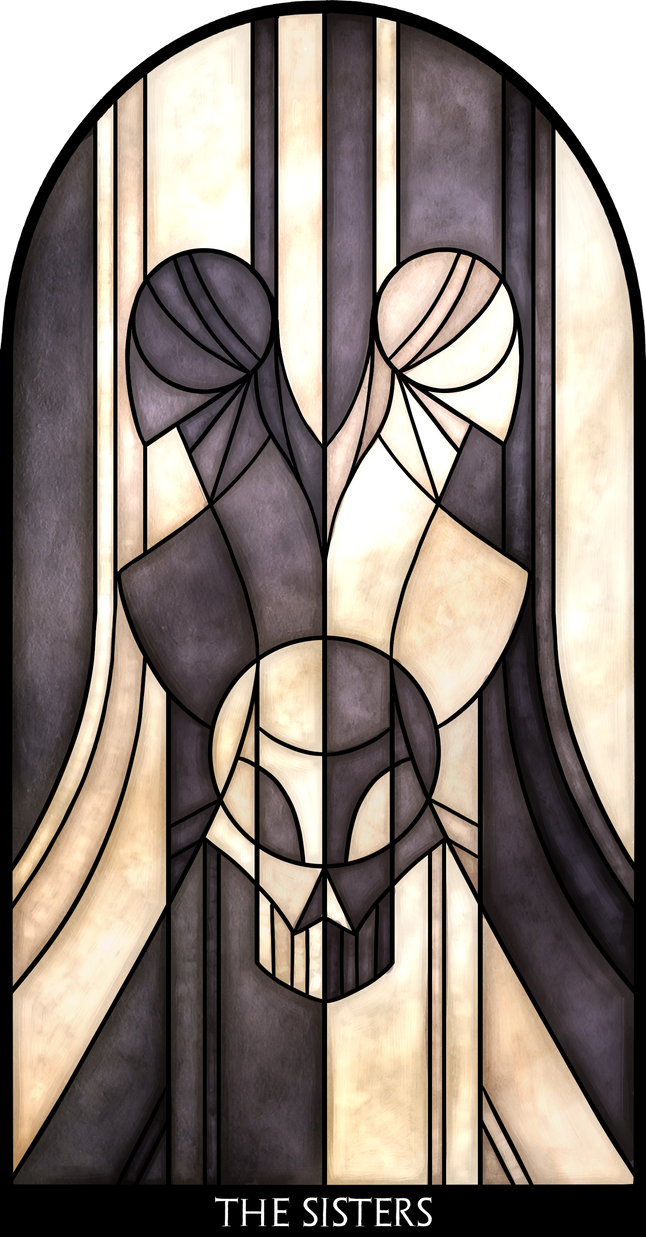
If death is the grand finish than your life's choices are the victory.
Alternative Names
The Sisters of Death
The Sisters
The Sisters
Parent Organization
Deities
Controlled Territories
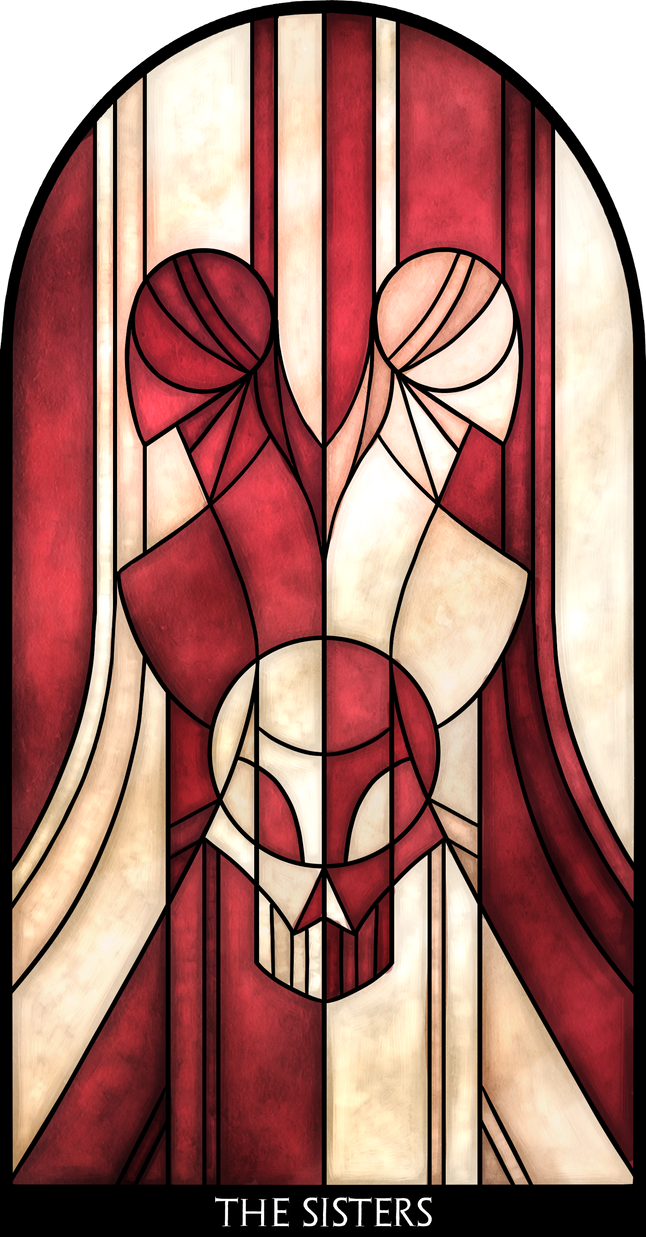
Ptolus Gods Major Sisters Red Text by WhiteWingedCrow
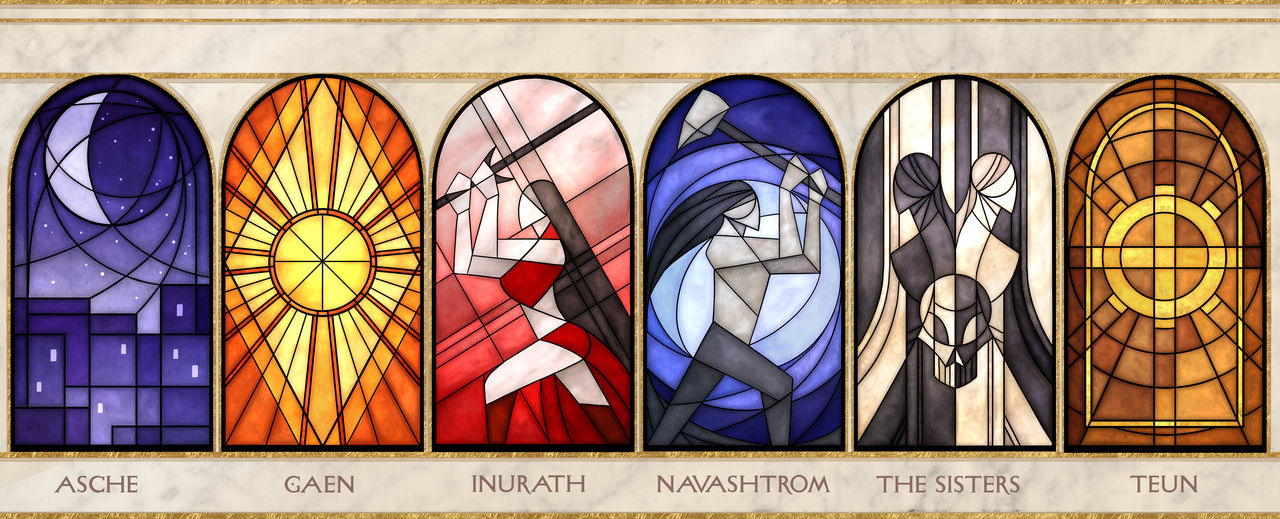

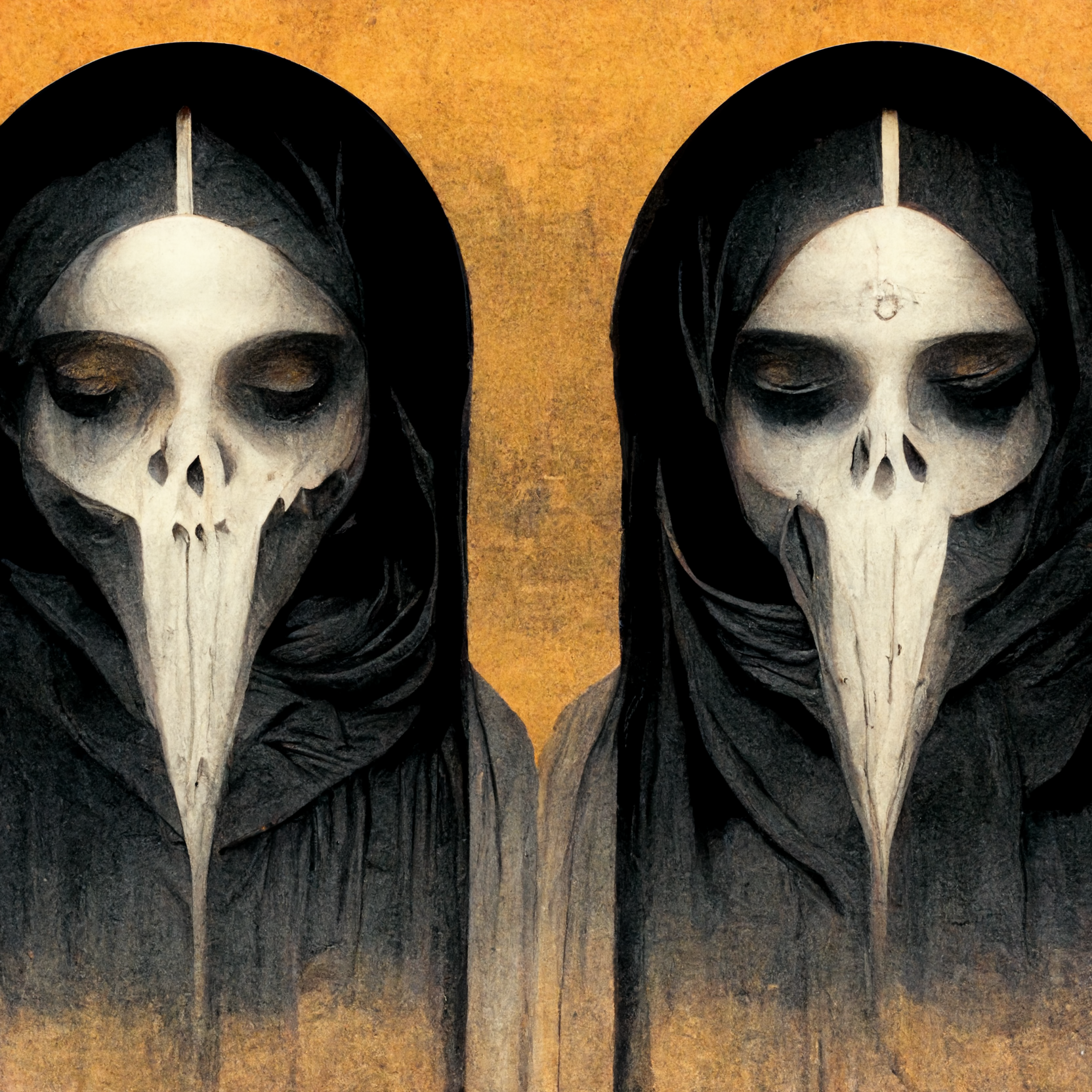
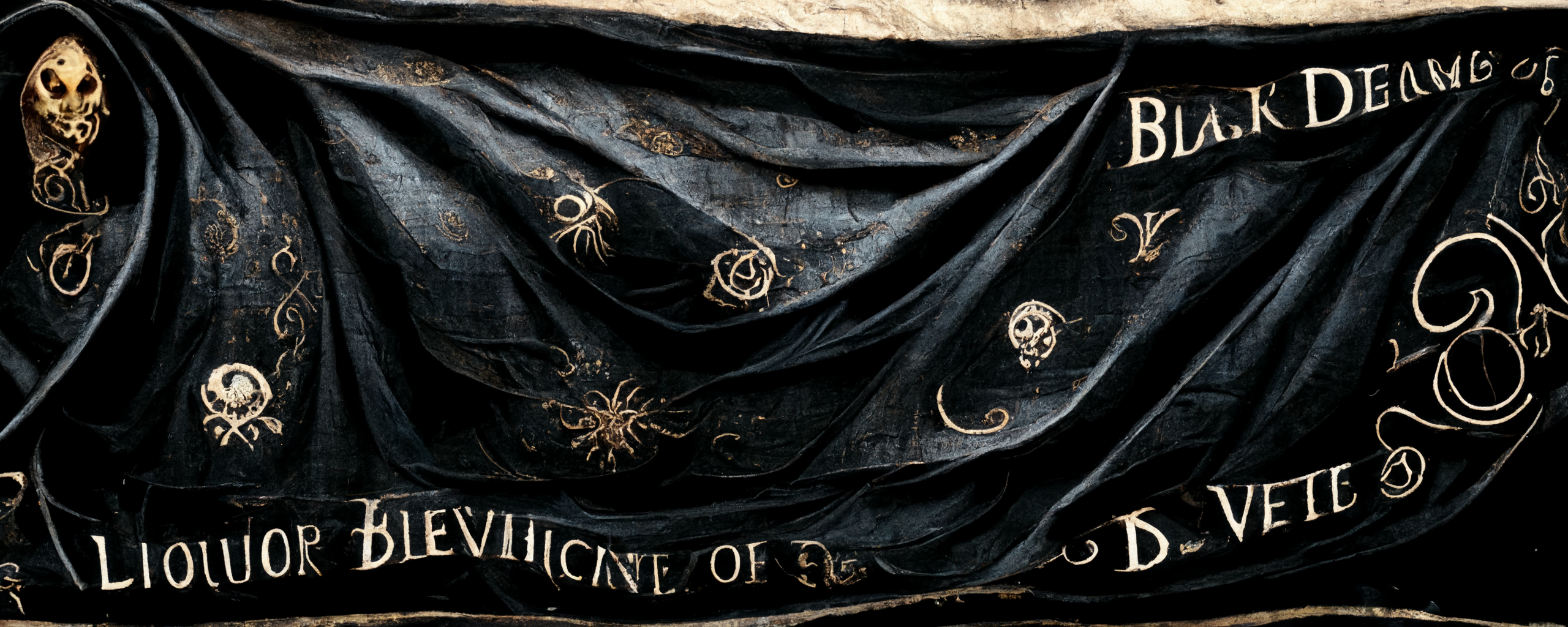
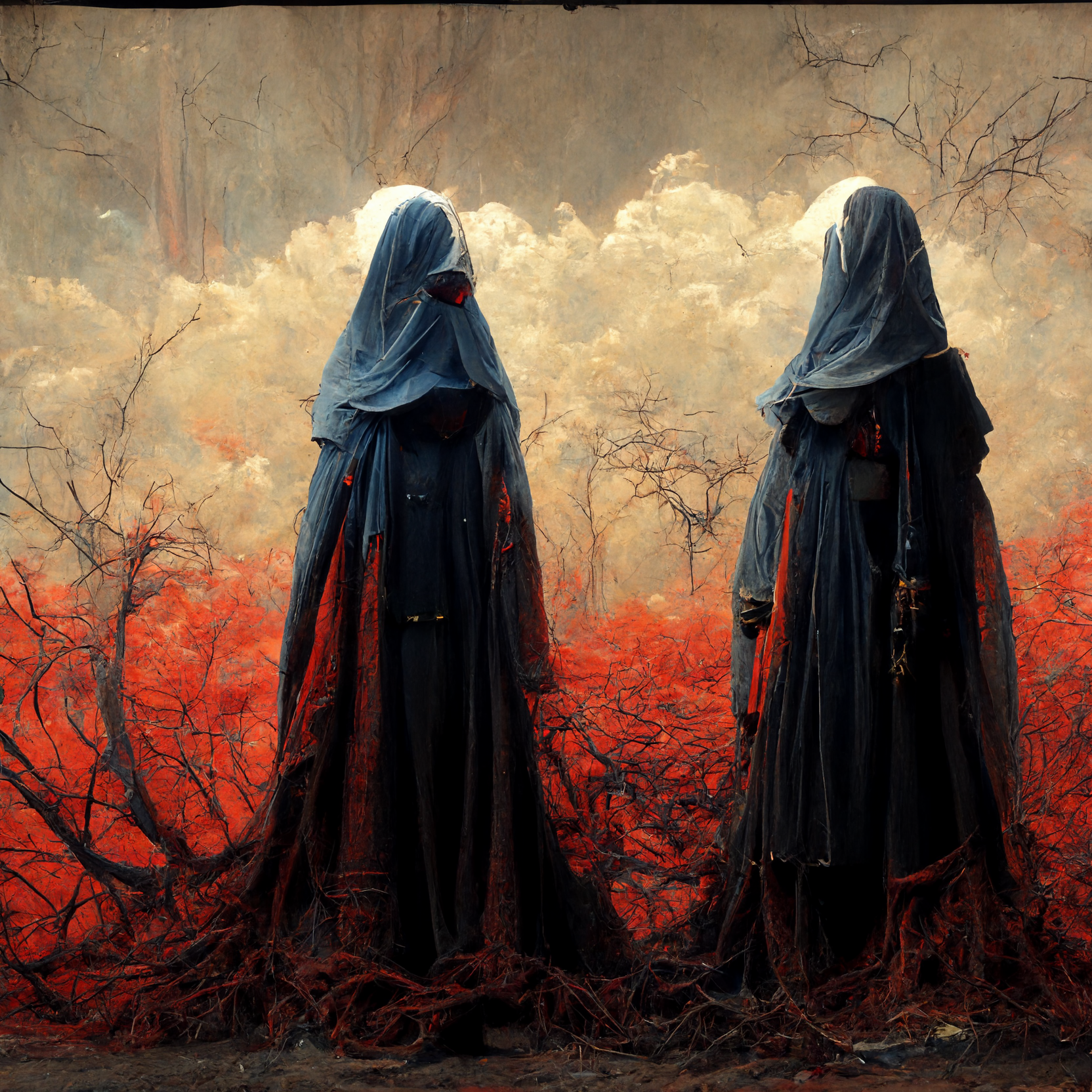
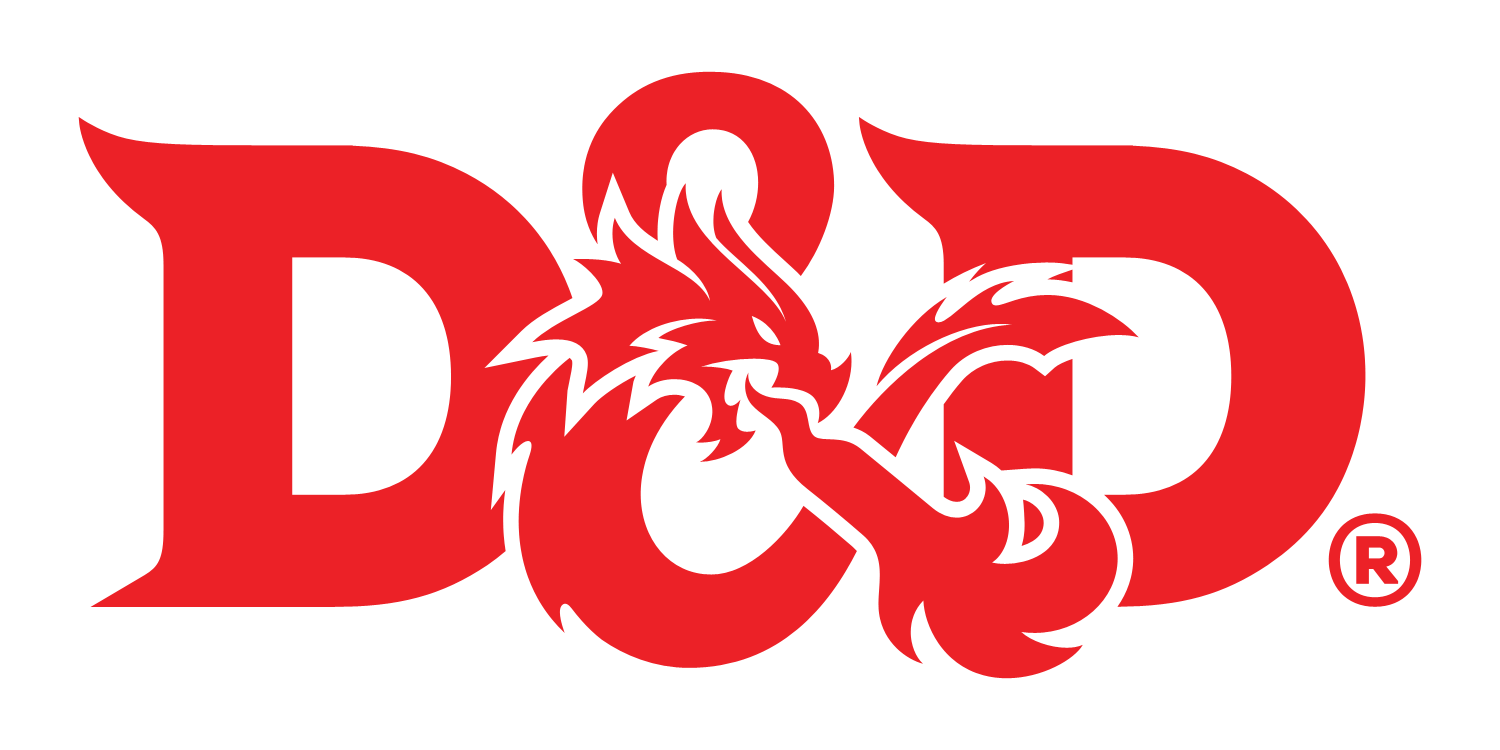

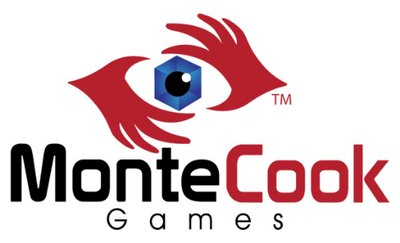
Once again, the stained-glass artwork is phenomenal. Kudos to you for finding and obtaining the services of such a talented artist.
Thank you so much. I am very very pleased with the Stained Glass artwork. I'm hoping the have my world cover re-created in stained glass.